J abril ibn Bukhtishu/ Bakhtish/
Bakhtyshu, was an 8-9th century physician from the Bukhtishu family of Assyrian
Nestorian physicians from the Academy of Gundishapur. He spoke the Syrian language.
Ibn Bukhtishu (d. 1085 CE) composed his bestiary, the Manafi’ al-hayawan around the
middle of the eleventh century, describing the entire range of species from humans to
insects, including their characteristics and medicinal properties. The original Arabic text
was then translated into Persian by ‘Abd al- Hadi ibn Muhammad ibn Mahmud ibn Ibrahim al-Maraghi by order of the 11- khanid ruler Ghazan Khan (r. 1295-1304 CE). This folio belongs to a Persian translation of the bestiary, although its headings are written ίη Arabic ίη an eastern-style kufic script. The illustration οη this folio coπesponds to the heading painted ίη blue, and reads, “Concerning the uses of the shίqraq”, or magpie. The text that follows describes the habits and qualities of the green magpie, which perpetually seeks flies for food. It also explains that the droppings of the shίqraq, when boiled ίη fat with gall, will darken white hair, and that the carat value of gold will increase if warmed up under the bird. The text above the heading belongs to a preceding discussion about the properties of the khuttal, or swallows. The paintings οη
both sides of this folio reveal characteristics of early Il-khanid painting. Most noticeable is the Chinese-inspired large-petalled lotus blossom, reinterpreted by Iranian artists unfamiliar with this species as a flower that grows οη land. Lotuses identical to this one appear ubiquitously οη tiles from the 11- khanid palace at Takht-i Sulaiman ίη lran. The twists and turns of the willow tree foreshadow the dramatically gnarled trunks and branches appearing ίη the Great Mongol Shahnama (circa 1318- 35 CE) and extant illustrated manuscripts of the 11-khanid vizier Rashid al-Din’s (d. 1318 CE)
Jαmί’ al-tavarίkh (Compendium of Chronicles) produced ίη the early fourteenth century. The simple ground line and the lack of a backdrop suggesting depth, however, more closely relate to a contemporaneous copy of the same manuscript, most folios of which are preserved at the Pierpont Morgan Library ίη New York. This codex was copied ίη 1297-1300 CE at Maragha ίη northwest Iran and supports a similar attribution for the manuscript to which this folio belongs.

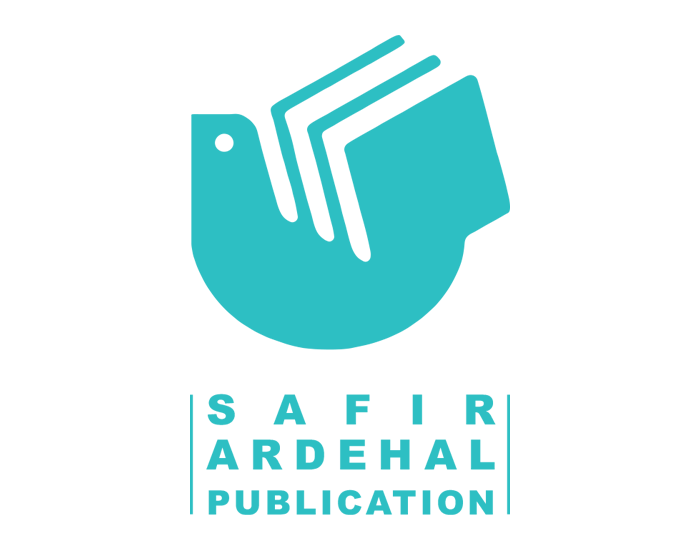
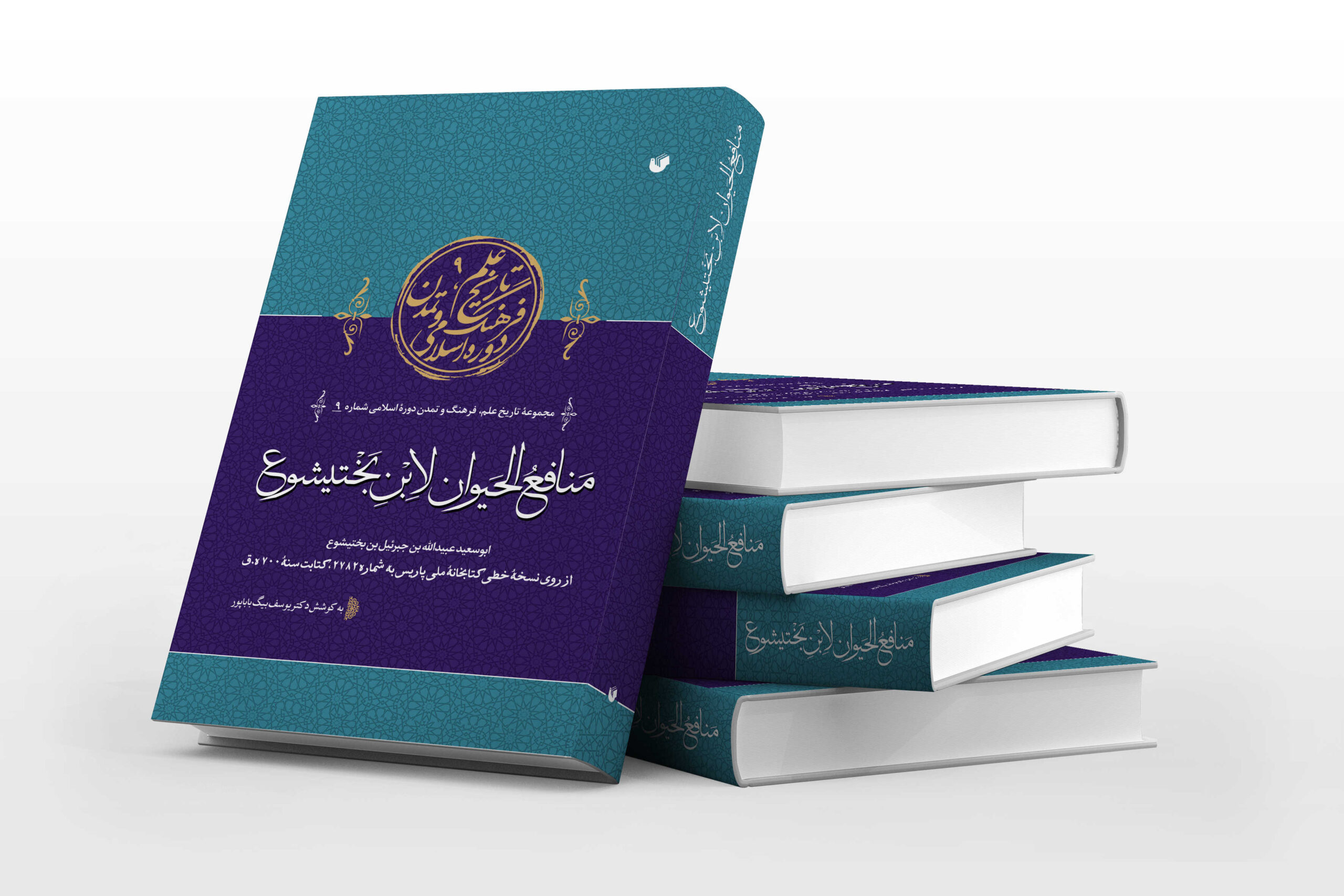
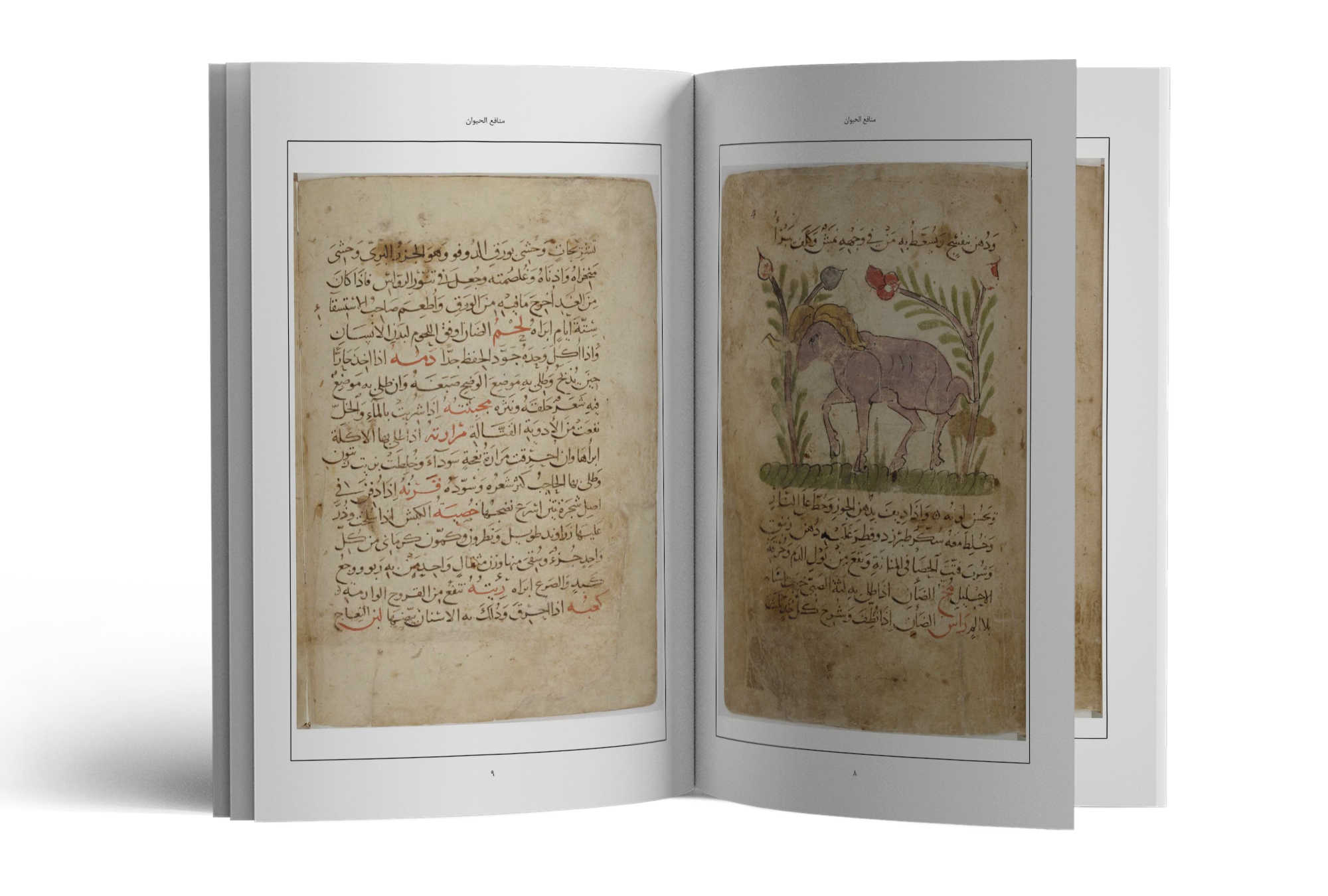
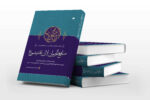
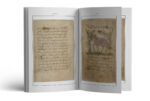

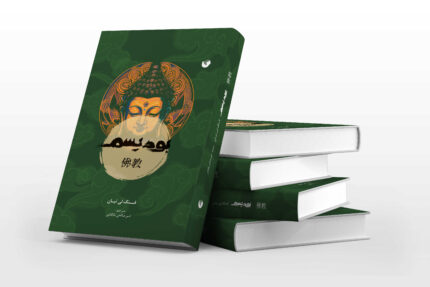
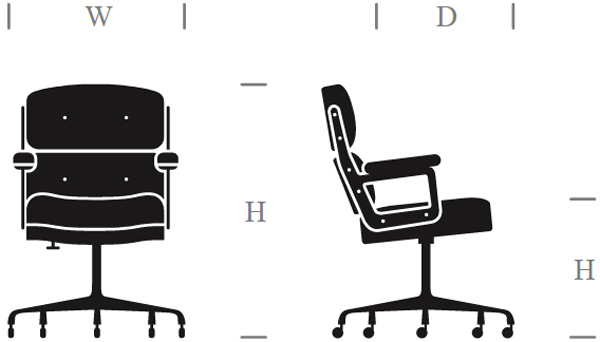


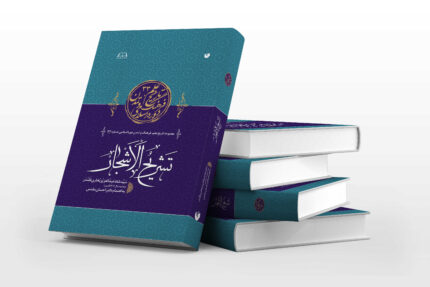
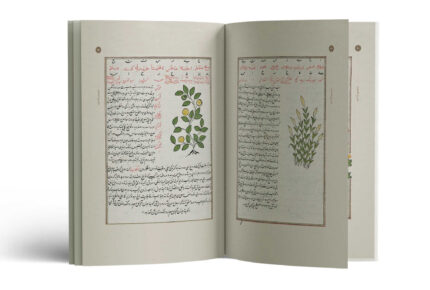
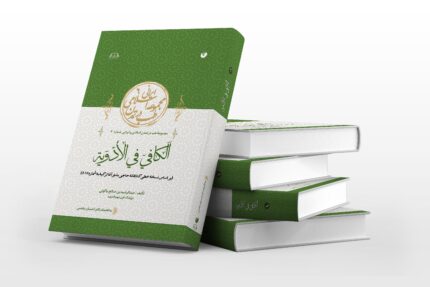
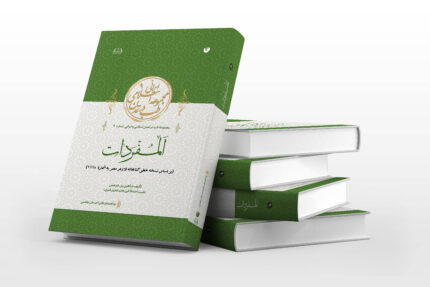
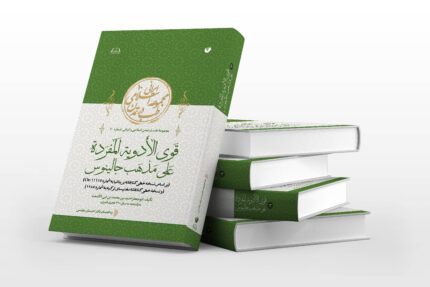
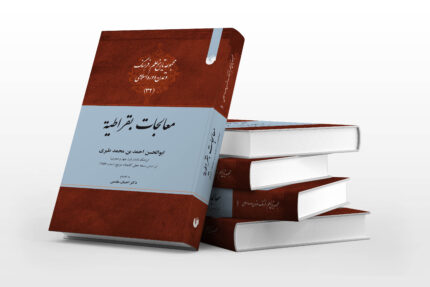
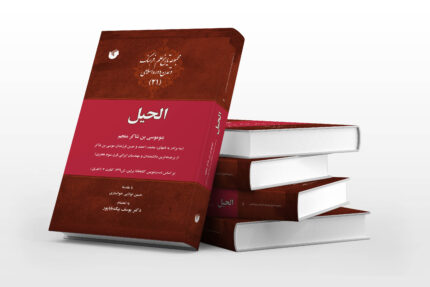
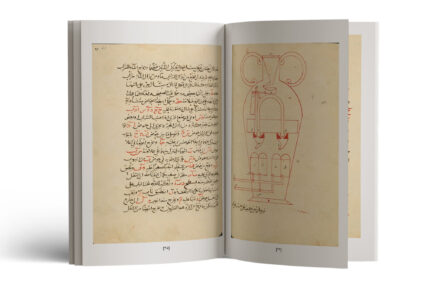
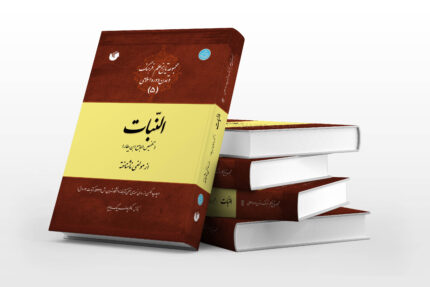
Reviews
There are no reviews yet.